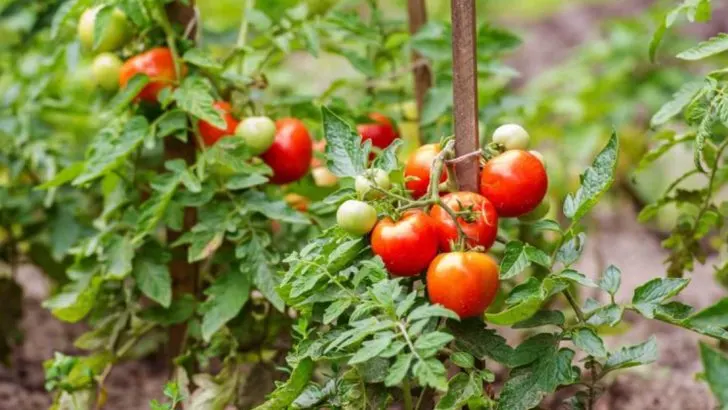A self-sustaining survival garden is an essential part of preparedness, providing food, medicine, and other useful resources in times of uncertainty. The best plants for a prepper’s garden are those that are nutrient-dense, easy to grow, and capable of producing continuously. Whether you’re preparing for emergencies, looking to reduce dependence on grocery stores, or simply aiming for a more self-sufficient lifestyle, these 16 plants are must-haves for your survival garden.
Tomatoes
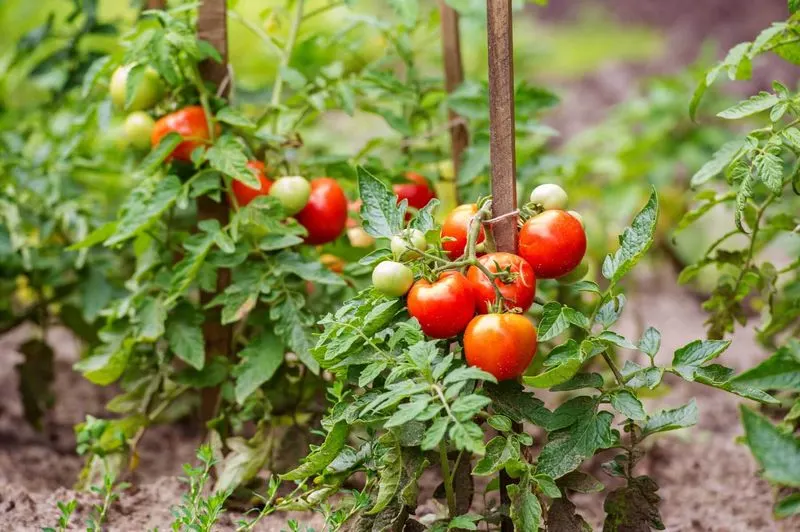
Tomatoes are a staple in any survival garden, offering versatility in the kitchen and a rich supply of vitamins. These plants thrive in warm climates and require a sunny spot to flourish. Regular watering and protection from pests are essential for a bountiful harvest. Explore various tomato varieties, such as cherry, beefsteak, or heirloom, to diversify your garden. Tomatoes not only enhance meals but can be preserved for long-term storage, making them a practical choice for preppers. Their vibrant color and juicy texture add a fresh dimension to salads, sauces, and more.
Carrots
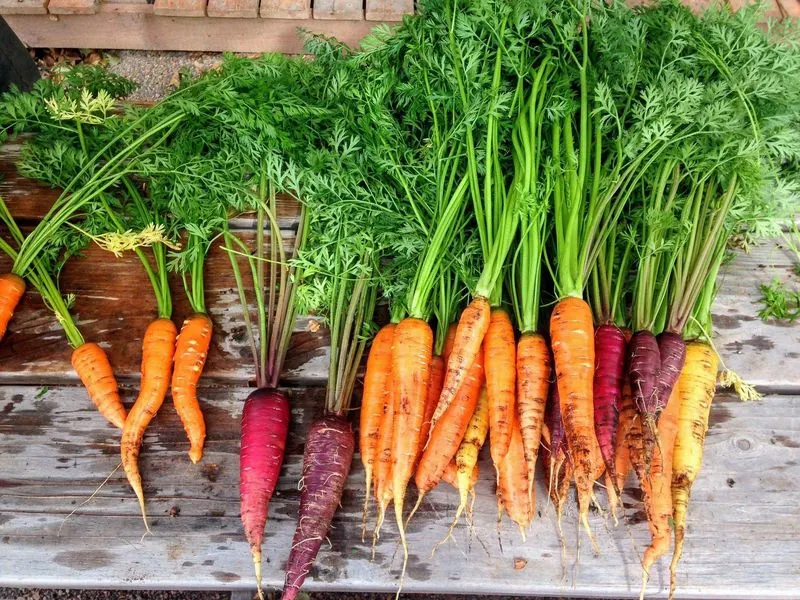
Carrots are an excellent source of beta-carotene, which your body converts into vitamin A. These root vegetables thrive in well-drained soil and require minimal maintenance. Sowing carrot seeds directly into the ground is straightforward, and thinning seedlings ensures healthy growth. Harvesting carrots at the right time is crucial to achieving the best flavor and texture. Whether eaten raw, steamed, or roasted, carrots add a sweet and crunchy element to various dishes. Their long shelf life makes them ideal for storage, contributing significantly to your survival garden’s resilience.
Potatoes
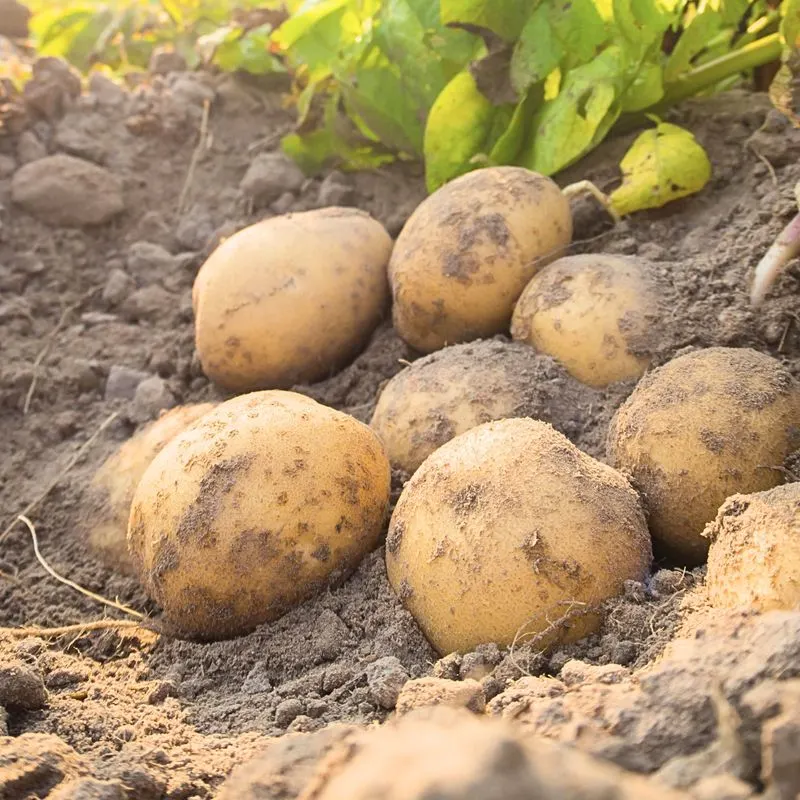
Potatoes are a hearty and filling crop, perfect for sustaining energy levels. They grow well in various soil types and are relatively easy to cultivate. Planting seed potatoes and earthing up the soil as plants grow encourages a better yield. Potatoes can be stored for months, providing a reliable food source during challenging times. From mashed potatoes to fries, this versatile vegetable can adapt to numerous culinary styles. Nutrient-rich and satisfying, they are indispensable in a prepper’s garden. Experiment with varieties like russet or fingerling for diverse textures and flavors.
Kale
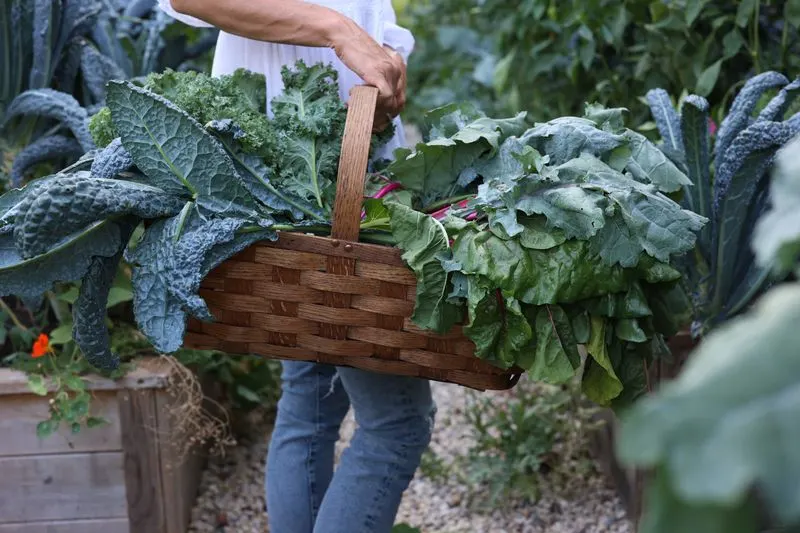
Kale, a nutrient-dense leafy green, is celebrated for its health benefits. Rich in vitamins A, C, and K, it supports overall wellness and immunity. Kale is a hardy plant that tolerates cooler temperatures and can be harvested multiple times. It adds a robust flavor to salads, smoothies, and stir-fries, making it a versatile culinary ingredient. Cultivating kale requires minimal effort, and its resilience makes it a favorite among preppers. The plant’s ability to withstand frost further extends the growing season, ensuring a continuous supply of fresh greens.
Garlic
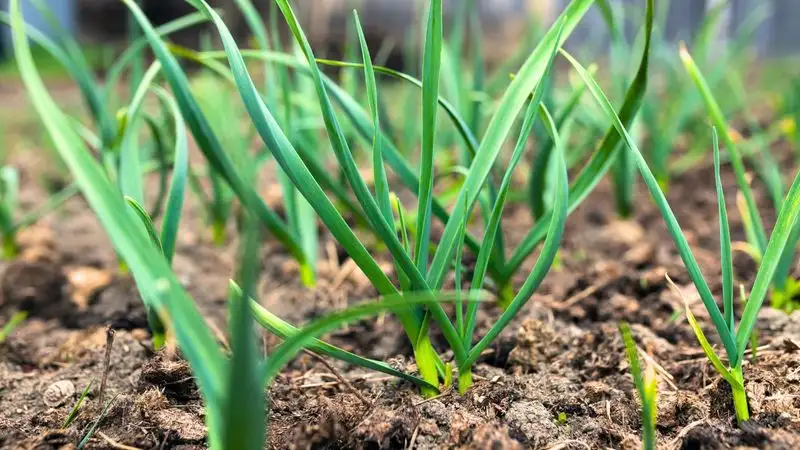
Garlic is a potent culinary and medicinal plant, rich in antioxidants and beneficial compounds. Growing garlic involves planting individual cloves in the fall for a summer harvest. Its strong aroma deters pests, providing a protective ally for other garden plants. Garlic enhances the flavor profile of countless dishes, from stews to dressings. Beyond the kitchen, garlic’s medicinal properties support cardiovascular health and boost immunity. With proper storage, garlic remains viable for months, making it an essential addition to a prepper’s arsenal. Its enduring legacy as a health-promoting ingredient is well-deserved.
Onions
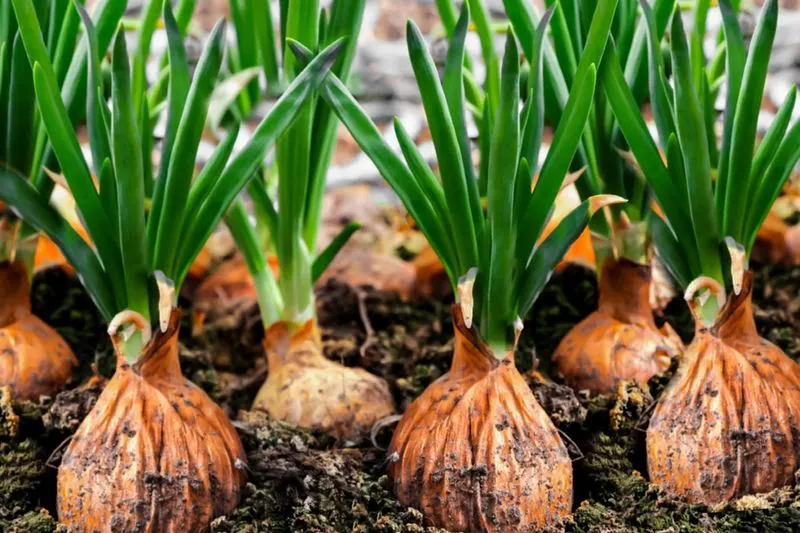
Onions are a versatile and indispensable ingredient in countless recipes, known for their aromatic flavor. These hardy bulbs grow in varied soil conditions, requiring consistent watering and sunlight. They can be planted in succession for continuous harvests throughout the year. Onions store well, ensuring a steady supply during lean times. Besides culinary uses, onions offer health benefits, including anti-inflammatory properties and immune support. Their distinct taste enhances soups, stews, and salads, making them a must-have in any survival garden. Experiment with different varieties like red, white, or sweet onions.
Peppers
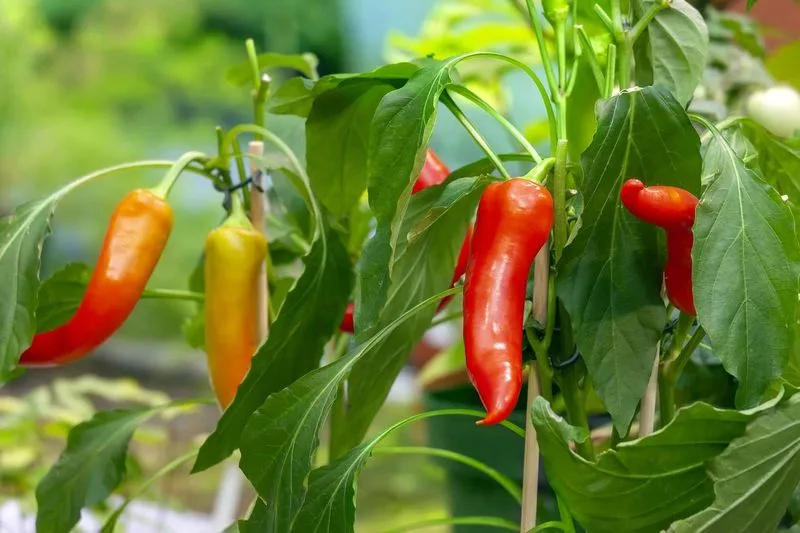
Peppers bring a vibrant burst of color and flavor to any garden. These versatile fruits can range from sweet to fiery hot, catering to a wide array of taste preferences. Peppers thrive in warm climates and need full sun and well-drained soil. Diligent care, including regular watering and fertilization, ensures a bountiful harvest. They are perfect for fresh consumption, cooking, or preserving through pickling and drying. Peppers add a dynamic element to salsas, stir-fries, and more. With numerous varieties available, such as bell, jalapeño, or habanero, they offer endless culinary possibilities.
Squash
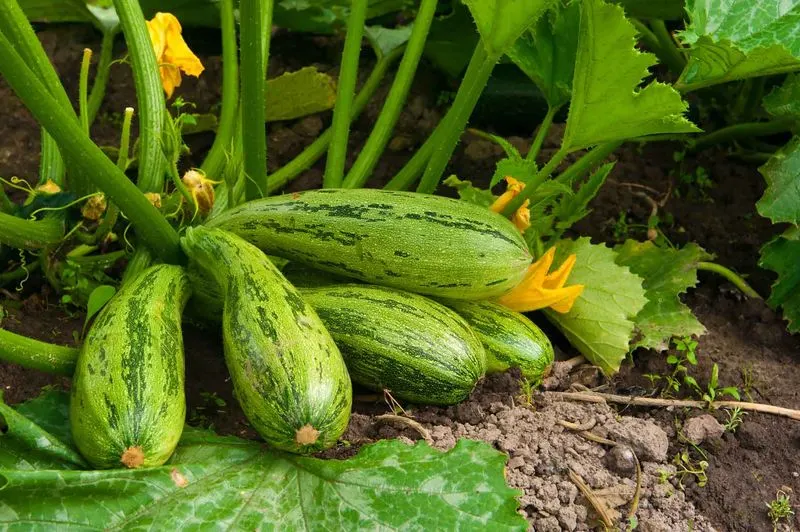
Squash is a prolific producer, known for its adaptability and ease of growth. Varieties like zucchini and butternut offer diverse textures and flavors, suitable for both savory and sweet dishes. These plants thrive in well-drained soil and require plenty of space to spread. Regular harvesting encourages continued production, ensuring a steady supply throughout the season. Squash can be stored for extended periods, making it a reliable source of nutrition. Its versatility in the kitchen and resilience in the garden make squash a valuable addition to any prepper’s survival strategy.
Spinach
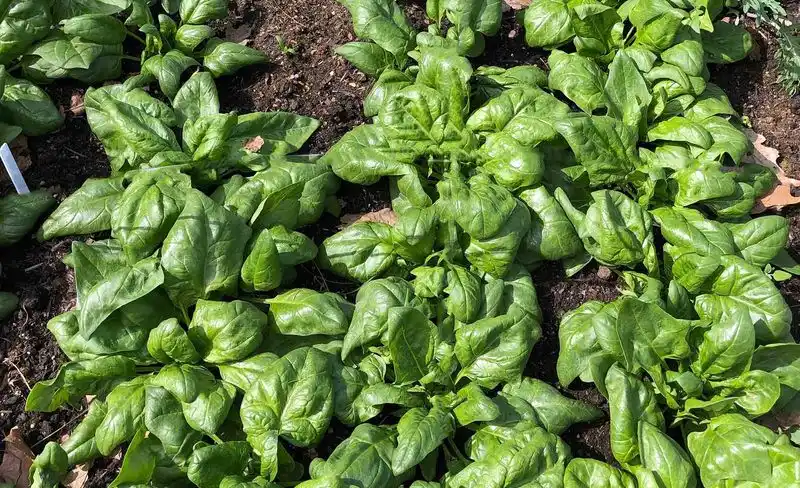
Spinach is celebrated for its rich nutritional profile, offering essential vitamins and minerals. This leafy green grows quickly and thrives in cool weather, providing early and late-season harvests. Succession planting ensures a continuous supply of fresh leaves. Spinach can be enjoyed raw in salads or cooked in a variety of dishes, adding a tender texture and mild flavor. Its high iron content supports healthy blood function, an added benefit for survival scenarios. Spinach’s rapid growth and nutritional benefits make it a staple in any self-sustaining garden, contributing to overall health.
Beans
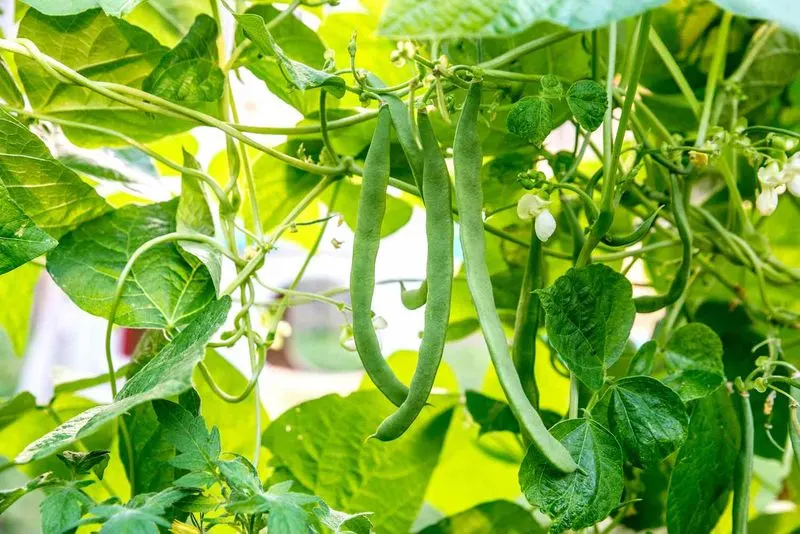
Beans are a powerhouse of protein and fiber, vital for a balanced diet. They come in various types, including bush and pole beans, each with unique growth habits. Beans are nitrogen-fixers, enriching soil fertility for future crops. They require minimal care and adapt well to different climates. Harvesting can occur over several weeks, ensuring a steady supply. Fresh beans are a delightful addition to meals, while dried beans provide long-term storage options. Their versatility extends to numerous dishes, making them indispensable in survival gardening. Planting beans is an investment in nutrition and soil health.
Cabbage
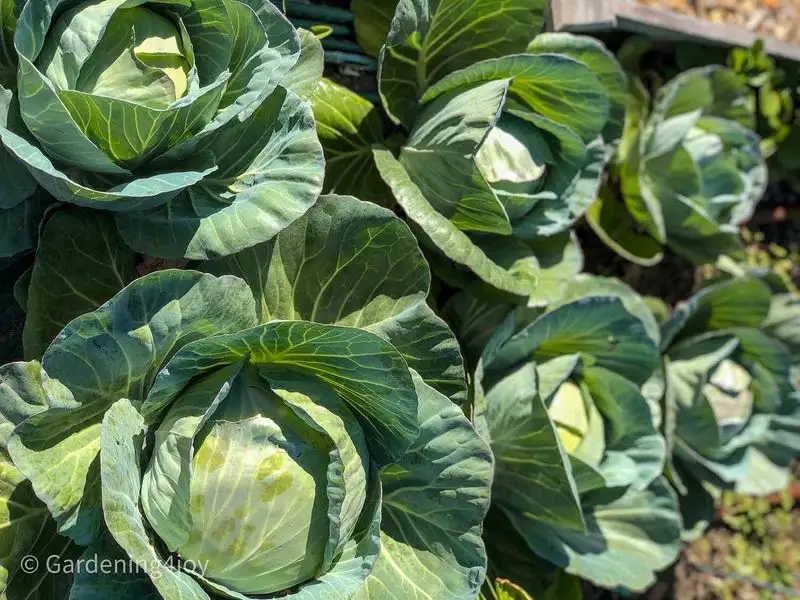
Cabbage is a robust and adaptable vegetable, known for its ability to thrive in cooler temperatures. It offers a wealth of nutrients, including vitamin C, making it a dietary staple. Cabbage can be planted in spring or fall, providing flexibility in cultivation. Its dense heads are perfect for fermenting into sauerkraut, extending its shelf life. Whether used fresh or preserved, cabbage contributes significantly to meal variety. Its resilience and nutritional value make it an essential component of any survival garden. Embrace cabbage for its culinary versatility and dependable harvest.
Herbs (Basil, Thyme, Oregano)
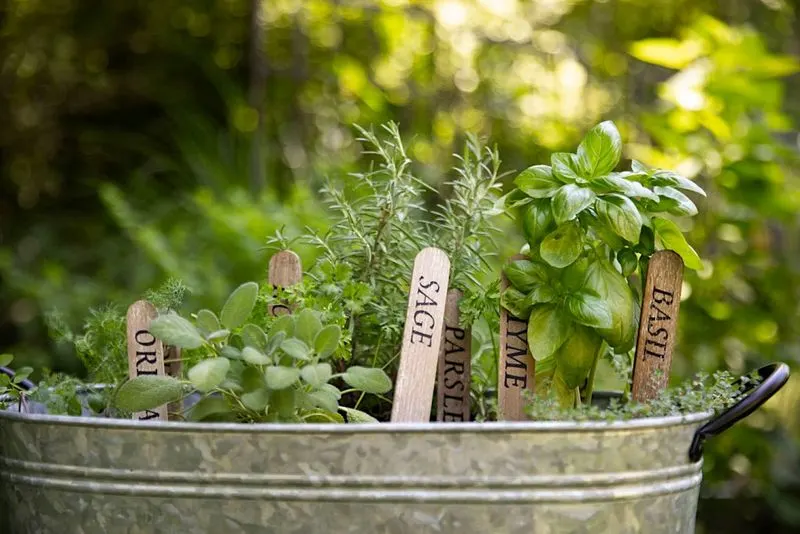
Herbs like basil, thyme, and oregano are compact yet impactful in both the kitchen and garden. They enhance the flavor of countless dishes and have medicinal properties. Herbs thrive in sunny locations and can be grown in pots or garden beds. Regular pruning encourages bushy growth and prolongs the harvesting season. Beyond culinary uses, herbs offer natural remedies for various ailments. Dried herbs maintain their potency, ensuring a supply year-round. Including a diverse range of herbs in your garden enriches meals and supports well-being, proving invaluable in self-sustaining lifestyles.
Corn
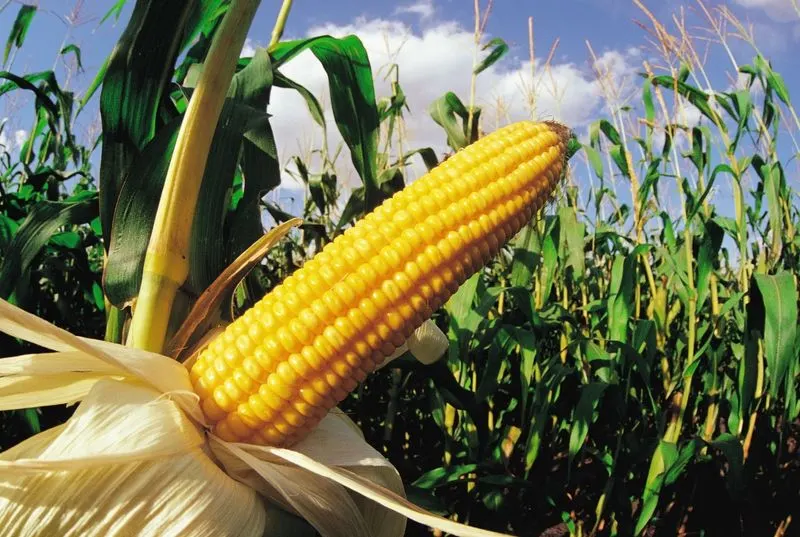
Corn is a staple crop, offering versatility in food preparation and a source of carbohydrates. It requires a sunny location and well-drained soil to reach its full potential. Corn plants grow tall, needing space and wind protection. Harvesting when the kernels are plump ensures the best flavor. Corn can be eaten fresh, canned, or dried for storage. Its uses extend beyond the plate, serving as animal feed and in traditional crafts. The crop’s reliability and multiple applications make it a cornerstone in any survival garden, supporting nutritional and practical needs.
Strawberries
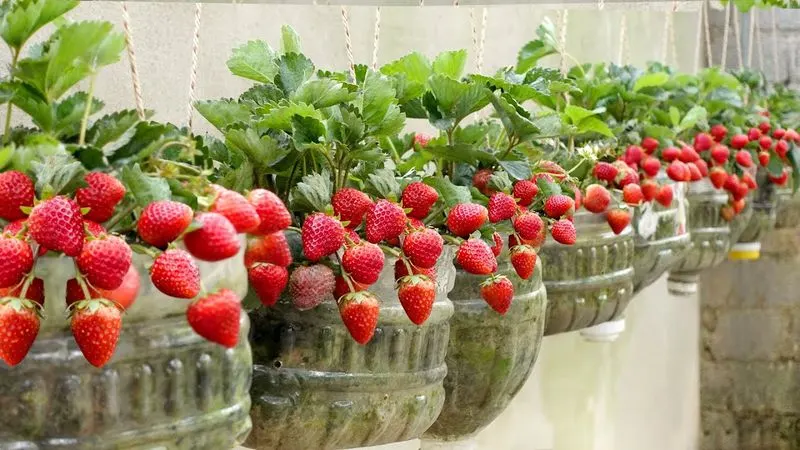
Strawberries offer a sweet treat while requiring minimal effort in cultivation. These perennial plants thrive in well-drained soil and full sun. Mulching helps retain moisture and control weeds, promoting healthy growth. Strawberries are perfect for fresh consumption, making jams, or freezing for later use. Their vibrant color and juicy sweetness add a delightful touch to desserts and snacks. With proper care, strawberry plants produce fruit for several years, providing a consistent supply. Including strawberries in your garden ensures a delicious and nutritious addition to your survival strategy.
Raspberries
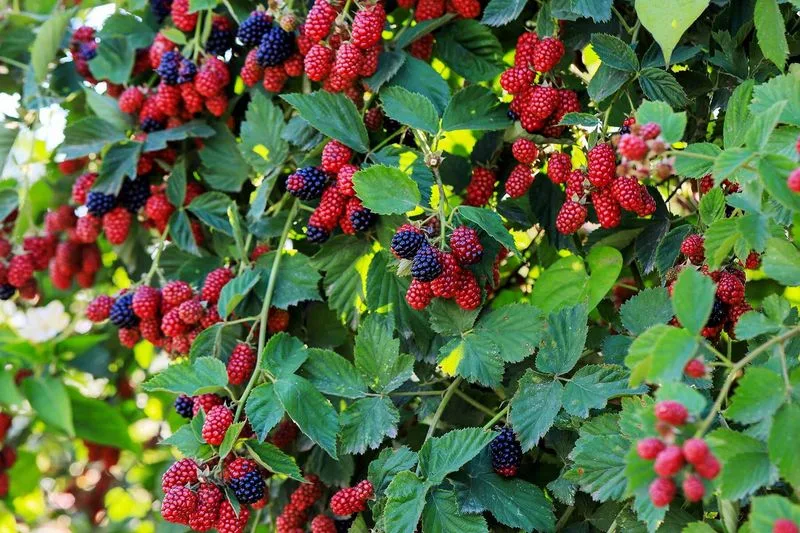
Raspberries are not only delicious but also packed with antioxidants and vitamins. These perennial bushes flourish in well-drained soil and benefit from regular pruning to control growth. Raspberries can be enjoyed fresh, made into preserves, or frozen for extended storage. Their sweet and tangy flavor enhances desserts, cereals, and beverages. With each passing year, raspberry plants yield an increasing harvest, rewarding patience with abundant fruit. Including raspberries in your garden adds variety and nutritional value, supporting a balanced diet. Their vibrant presence invites joy and sustenance to the survival garden.
Sunflowers
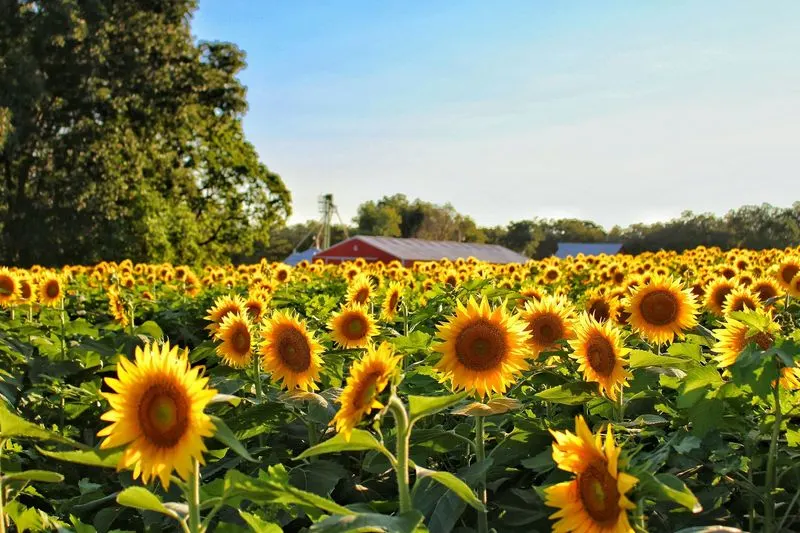
Sunflowers are a dual-purpose plant, offering beauty and utility. Their seeds are rich in nutrients, providing a healthy snack or an ingredient in cooking. Sunflowers grow tall, needing support and a sunny spot. They attract pollinators, enhancing the garden ecosystem. Harvesting seeds at the right time ensures maximum yield. Sunflowers can also be used for oil production, adding another layer of self-sufficiency. Their cheerful appearance uplifts the garden, while their practicality benefits the prepper. Incorporating sunflowers into your survival garden supports both aesthetic and nutritional goals.

